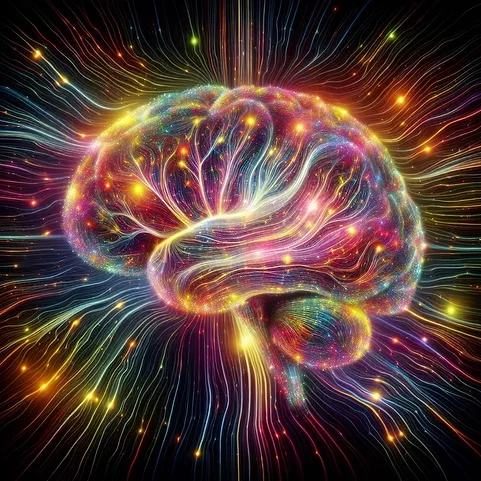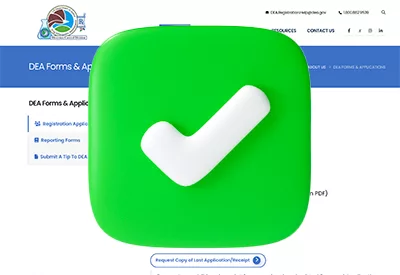Magnetic Seizure Therapy: A Safer, Gentler Alternative to ECT?
REVIEW OF: Deng ZD et al, JAMA Psychiatry 2024;81(3):240–249
STUDY TYPE: Randomized clinical trial
ECT is fast-acting and very effective for severe treatment-resistant depression (TRD). However, despite refinements, the risk of adverse neurocognitive effects remains. Magnetic seizure therapy (MST) uses the same principle as transcranial magnetic stimulation (TMS) but at higher, seizure-inducing doses. This can induce more focal, less stimulatory seizures than ECT. Several small studies have shown a benefit. The efficacy and safety of MST, previously demonstrated in these smaller studies, was finally confirmed in a multicenter, double-blind randomized clinical trial of MST vs ECT.
The trial included 73 adults with severe TRD. A total of 38 subjects were randomized to standard ultra-brief pulse, right unilateral ECT, while 35 subjects were randomized to MST (which induces seizures at the brain’s vertex). The treatment groups were equivalent in terms of anesthesia protocols, as well as in demographic characteristics such as age, sex, race/ethnicity, education level, and depression severity. The primary endpoint was change from baseline in total score on the 24-item Hamilton Depression Rating Scale (HDRS-24). Response was defined as a reduction in HDRS-24 of at least 50%. Remission was defined as a reduction of at least 60% and a total score of 8 or less. Patients were followed for up to six months.
No significant differences were seen between groups in rates of response (51% MST vs 43% ECT) or remission (45% MST vs 42% ECT). Sustained benefit across six months also was similar. The mean number of treatments to remission, however, was greater for MST (9 vs 7). This concerned the study authors because the increased exposure to general anesthesia required during the treatment course could have deleterious effects. They noted that dosing studies are warranted to see if treatment time to remission can be optimized.
MST did display some benefits over standard ECT. Time to orientation was much more rapid, and autobiographical memory was sharper. Two cases of nausea/vomiting were reported following treatment with MST whereas five serious adverse events occurred in the ECT group, including three cases of worsening depression, one case of increased blood pressure, and one case of prolonged ictal agitation.
CARLAT TAKE
This study suggests that MST is as effective as ECT. It required an average of two more sessions than ECT, but it was also associated with fewer serious adverse events—especially fewer cognitive side effects.


_-The-Breakthrough-Antipsychotic-That-Could-Change-Everything.webp?t=1729528747)



